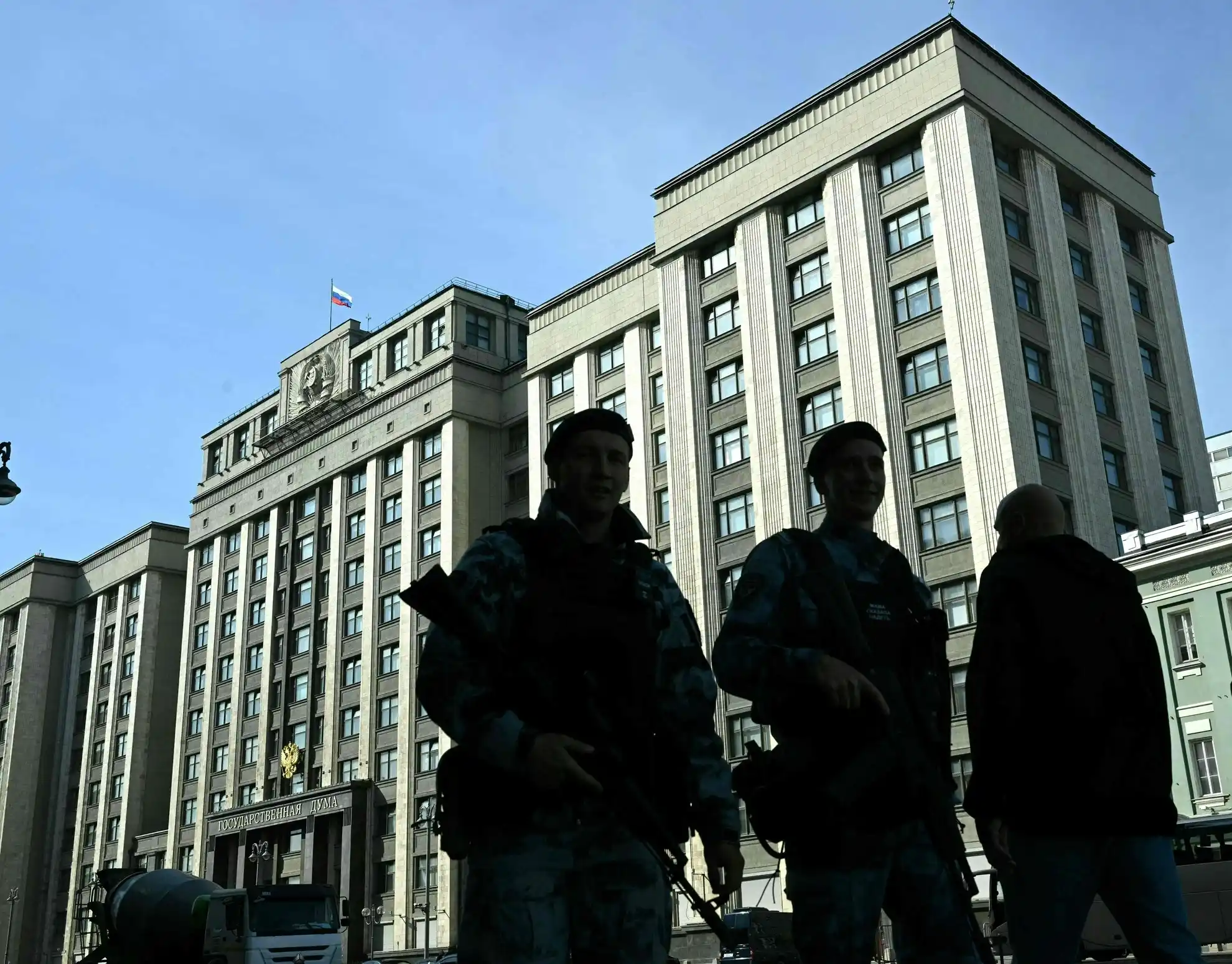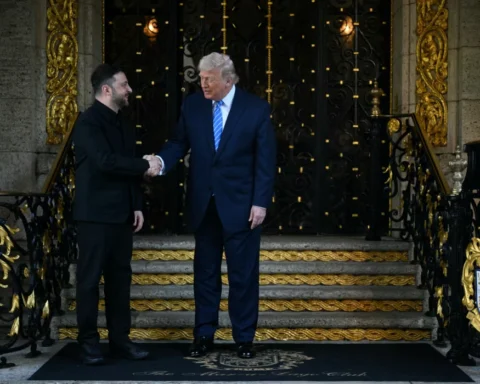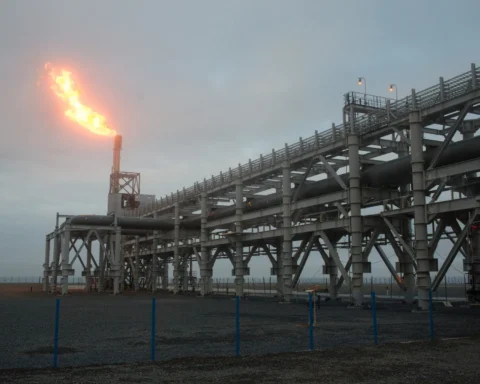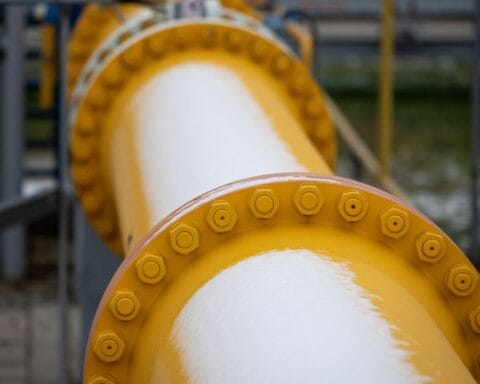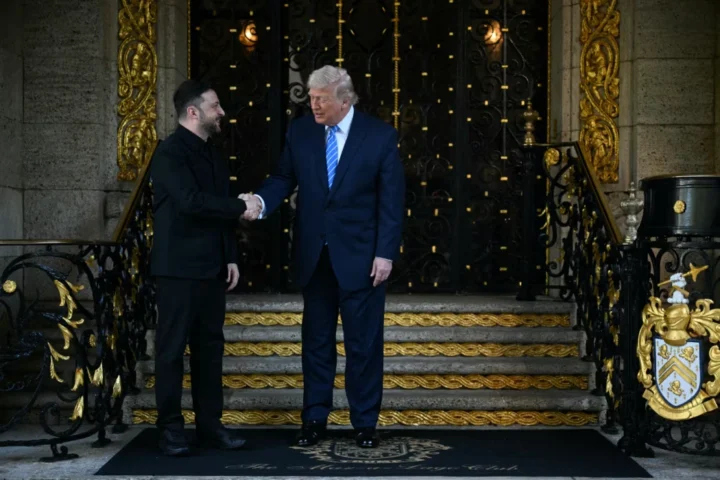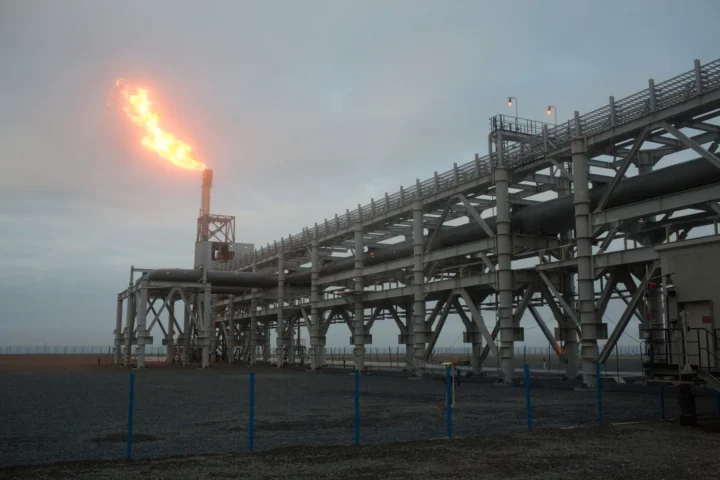As the conflict in Ukraine continues, Russian authorities are expediting efforts to reinforce the nation’s banking and financial system. According to sources familiar with the discussions, the proposed measures aim to preserve liquidity and mitigate deposit outflows, addressing growing economic challenges fueled by prolonged military expenditures, soaring inflation, and dwindling foreign currency reserves.
Economic Turmoil and Forecasts
Confidential government projections indicate a significant downturn, with real GDP expected to shrink by approximately 5% in 2025, alongside a 15% contraction in non-military production. The sovereign wealth fund’s liquid assets in gold and hard currency could be depleted by November, potentially driving annual inflation above 35% by year-end. Without substantial policy intervention, sources caution that economic control could slip from official hands by 2026.
Banking Sector Under Pressure
State-owned banks, in particular, are contending with steep losses on long-term government bonds. The recent surge in the key interest rate has driven bond prices down sharply, with the OFZ 26238 bond reportedly losing nearly half its nominal value. This has resulted in significant unrealized losses for key institutional investors, including major banks and the national pension fund. The corporate debt market faces even greater challenges, as rising defaults and an anticipated wave of bankruptcies threaten financial stability in the latter half of the year.
Deposit Security Concerns
A primary concern among regulators is the potential for a mass withdrawal of deposits. Analysts warn that if just 4% of high-net-worth clients simultaneously attempt to withdraw funds, many major state banks would struggle to meet obligations without external support. With the National Wealth Fund largely depleted and officials prioritizing foreign currency reserves for other strategic needs, direct bailouts for private depositors are unlikely.
Proposed Withdrawal Restrictions
In response, authorities are drafting regulations to introduce “special conditions” on withdrawals and transfers from individual accounts. Under the proposed framework, early withdrawals would result in the forfeiture of all accrued interest and a commission of 20%-30%, effectively imposing an average loss of 50% on the withdrawn amount. While these measures do not amount to an outright asset freeze, they are designed to discourage depositors from accessing their savings while shielding the government from the political fallout of more drastic interventions.
Public Reassurances vs. Private Preparations
Despite official assurances from senior government figures and bank executives that no blanket freeze is under consideration, sources indicate that regulators are actively finalizing contingency measures. These include selective capital injections and tighter withdrawal limits, which may be implemented should the economic strain persist or escalate further.
As the financial landscape remains uncertain, policymakers are walking a tightrope between preventing a banking crisis and maintaining public confidence in the stability of the system.


